A more cosmopolitan Disney experience
Image: Disney
These guests had to have a place to live. Since only residents of the city could stay in the apartment housing, the plan was for guests to stay at the 30-story Cosmopolitan Hotel and Convention Center in the central part of town. Always focused on the landscape, Disney took a special interest in this building, planning it as the primary skyscraper people would see as they approached the downtown hub. He also appreciated what the view would be from the top of the building.
Designs called for a recreational facility on the top of the skyscraper. Here, guests could participate in traditional games such as tennis and basketball, and there’d even be a swimming pool with a panoramic view of the surrounding area similar to the third floor pool at Paradise Pier at Disneyland. Uncle Walt felt so enamored of the schematics for the Cosmopolitan Hotel that he pointed to a miniature scale bench and told one of his Imagineers, “This is where Lilly and I will sit when this thing is finished, taking everything in.” Even Disney himself spent a part of his Florida planning time fantasizing about a better tomorrow at a place where his wife and he could relish in the community they constructed from swampland.
Disney had also learned from the popularity of The Disneyland Hotel, a facility he never owned. His next venture would include temporary housing for tourists, and his company would reap the financial benefits of maximum occupancy. His far-reaching plans were to build a vacation destination at a utopia, and he could benefit more by monetizing the influx of traffic from curious onlookers. These plans unfortunately fell by the wayside after he passed.
Still, the Imagineers discovered a way to honor his vision. They opened the Disney’s Contemporary Resort and Disney’s Polynesian Resort at the same time Walt Disney World debuted, just as Uncle Walt prophesied for Cosmopolitan Hotel with E.P.C.O.T. Today, it’s hard to separate the idea of the Disney theme park from the adjacent company-owned resort. While the integration isn’t as tight as Disney had projected, Imagineers deserve a tremendous amount of credit for doing the best that they could in a difficult situation.
A different world (showcase)
Image: Disney
One of the logical parts of the monetization of E.P.C.O.T. involved the international appeal of Disney’s intellectual properties. Disney programming aired on channels all over the world. By the early ‘60s, people on all the continents loved Mickey Mouse. The reverse was also true. Americans knew of many classic cities across the world that they had little hope of visiting during their lifetime. Disney felt confident that a shopping center focused on bridging the gap between cultures would prove wildly popular. And you know that he was absolutely right on the point. It’s just that the way this transpired at Walt Disney World didn’t line up with his grand plan.
As originally conceived, a cultural melting pot of commerce would reside a floor below the top of the Cosmopolitan Hotel. Here, travelers heading to the upper deck of the skyscraper could stop for a quick dose of retail therapy. Then, they could lounge on top of Walt Disney World. Alternately, people leaving the city after a vacation could pick up a few goodies at the shop on their way down from the best in/of the city.
That’s the reductive evaluation, though. Uncle Walt’s plans were much greater. He envisioned a constant World’s Fair, a concept so near and dear to his heart after the New York event. The prototype community concept was one that Imagineers capably duplicated after Disney’s death. The World Showcase as we know it includes 11 pavilions attentively constructed to reflect the cultures of the countries represented. These cultures are so authentic that guests feel as if they’re visiting faraway lands.
To best exemplify Disney’s vision, America is one of the countries at World Showcase. The others are Canada, China, England, France, Germany, Italy, Japan, Mexico, Morocco, and Norway, although the last two weren’t part of the original Epcot launch. Russia and Switzerland were part of the initial plans, but they didn’t make the final cut. That’s a loss for Walt Disney World fans, because Switzerland as presented was to include a version of Disneyland’s iconic Matterhorn Bobsleds.
Whether the World Showcase succeeds as permanent World’s Fair is in the eye of the beholder. What I would note is that almost 20 World’s Fair exhibitions occurred since the debut of Epcot in 1982. How many of them did you hear anything about? Contrast to Epcot, where even the most innocuous updates like a new grilled cheese sandwich generate dozens of Internet headlines.
Most Magical Place on Earth: Population Everyone
Image: Disney
Walt Disney’s announcement for the city of tomorrow indicated that about 20,000 people would become permanent residents of E.P.C.O.T. They would cede voting privileges in exchange for enjoying cost-controlled (or possibly free) living in the most modern homes on Earth. The infrastructure would include transportation across the city plus housing upgrades whenever the governing council determined them requisite. All that Disney would require of its employees is that they all worked somewhere in the utopia and that “everyone who lives here will have a responsibility to help keep this community an exciting living blueprint of the future.”
Once Roy Disney settled on a different strategy for The Florida Project, the idea of citizenry comprising the core of E.P.C.O.T. no longer seemed feasible. Uncle Walt’s dream of 20,000 people providing quality services that could entice six million annual visitors seemed impossible. I think you see where I’m going with this.
Magic Kingdom alone enjoyed 19.3 million visits last year, more than triple Walt Disney’s 1966 forecast. 62,000 people work as cast members at the four theme parks as well as other Disney-related ventures in the greater Orlando area. The Walt Disney Company spends over a billion dollars annually on payroll for these people alone. So, while the original plans quickly became antiquated, the perseverance of Roy Disney and his Imagineers enabled his brother’s dreams to come true in this regard, even beyond Uncle Walt’s grandest visions.
Not quite a utopia but still a Celebration
Image: Disney
After Walt Disney World had proven itself an overwhelming success over two decades, The Walt Disney Company went back and re-evaluated one of the original concepts of E.P.C.O.T. Okay, that’s probably overstating the situation, but the people running Disney did like the idea of a city that they built and controlled. They also already possessed all of the assets a person would need to run such an enterprise.
As part of the land grab in the mid-1960s, Disney attained the Reedy Creek Improvement District. It’s almost 39 square miles of land that Disney literally rules. They acquired broad legislative rights from the Florida government when they bought all the swampy regions of Central Florida. After Uncle Walt’s passing, Disney’s board realized they had zero interest in operating an actual city. That was their founder’s dream. They were in it much more for the money.
So, Disney owned a functionally autonomous part of Florida that could operate outside of many inconvenient government laws, but they didn’t use it for more than 20 years. By the early 1990s, they owned enough money and property that the premise of a controlled city suddenly seemed sensible to members of a more modern, Disney history-focused board of directors. They realized they couldn’t create an actual utopia – sorry, residents of Celebration! – but a low-crime, high-income city just down the street from Magic Kingdom seemed like a worthy compromise version of their founder’s plans.
There were obstacles, though. The original implementation of Disney-employed city residents gave them voter rights that Disney himself had never intended. It was the company’s way of side-stepping several potentially annoying laws at once. In order to incorporate a new city, however, they had to alter administrative rights of the new residents since many people represent a larger legislative wild card than a handful of Disney zealots.
Disney de-annexed this new enterprise and its citizenry so that they could control their laws but not the ones that would apply writ large to Walt Disney World. Some Floridians outside of the affected counties took offense at the practices, and it actually became a hot button political issue for a time.
Despite all the aggravation, the city of Celebration became a reality in the mid-1990s. The Walt Disney Company ceded most of their control over this land that they owned in exchange for the elimination of company voting rights for the residents of the city. It does, however, maintain a direct connection to World Drive, which is a road you’ve been on many times if you’ve spent any time at Walt Disney World. And while the connection to the company is allegedly tenuous, several Disney offices reside in Celebration, affirming the unmistakable coupling of business and residence, just as Walt Disney dreamt about 30 years prior to its existence.
Of course, the entire situation exemplifies the type of struggle Uncle Walt would have faced if he had lived long enough to try to build the community of tomorrow. The people on the outside looking in have a tendency to experience jealousy regarding the things they don’t have, and it makes them lash out. Meanwhile, the residents of a city, even a utopia, are oftentimes unpredictable since each one has a mind of their own.
Wherever you stand on the idea of building a viable utopia, a few points from Walt Disney’s E.P.C.O.T. presentation stand out. The first is that he had a vision for a crime-free, impeccably clean city where the citizens would feel a constant sense of civic pride, one so unmistakable that visiting guests would pick up on the vibe. The constant conversations about the appeal of the Disney bubble reinforce the success of his Imagineers and other cast members in this regard.
Disney also wanted the culmination of Project X to feature a far-reaching parcel of land where the pedestrian is king. It was one of his grandest ambitions, and the people who carried the torch after his death largely accomplished the feat, at least among people who stay onsite. Orlando residents of course don't quite see it in the same terms. Walt Disney World resort guests can wander around four parks and an entire shopping district, carrying only a Magic Band, and they’ll be able to enjoy anything the facilities have to offer.
Sure, a visit requires some vehicular movement and no, the WEDMover never became viable as full-fledged transportation method, but those are nitpicks. The underlying intent of Uncle Walt’s vision has come to fruition, even if his employees had to make many compromises along the way. We should all be so lucky with regards to how our loved ones carry on our legacy. The fact that people still mention Walt Disney’s name with such reverence is a credit not just to him but also to his brother, Roy, and the Imagineers they both trained to understand, embrace, and carry on the Disney brand.
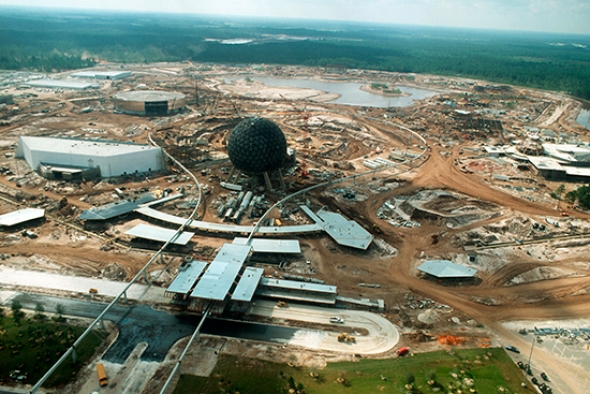
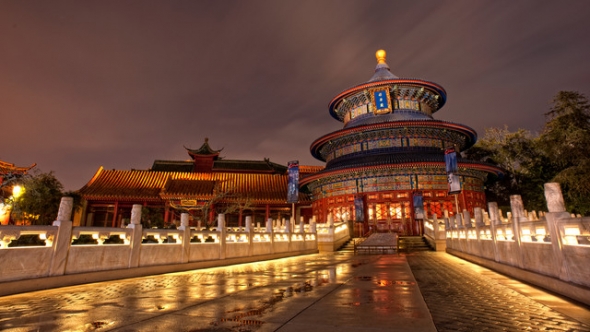
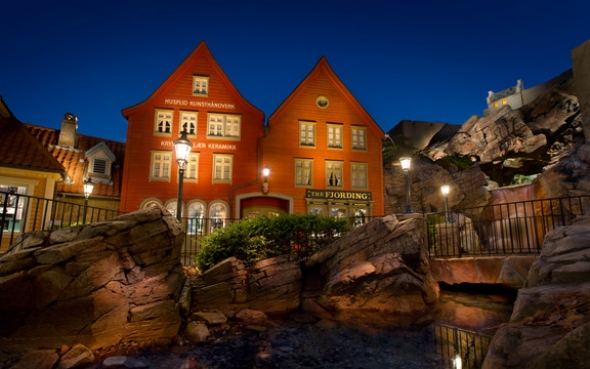
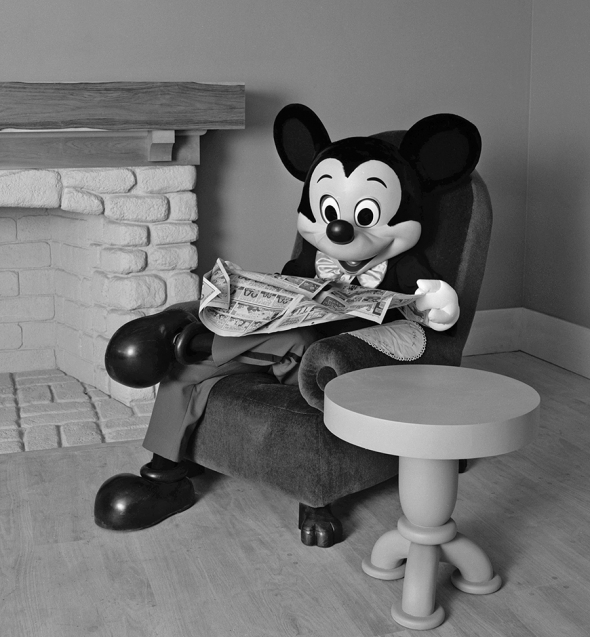
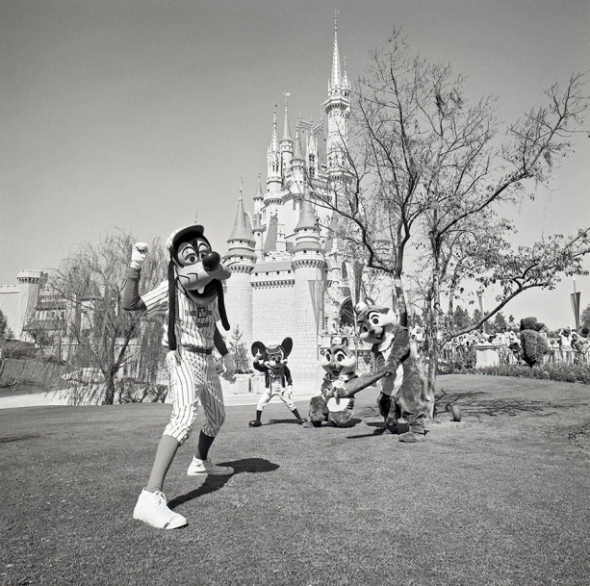

Comments
I remember reading, sometime around 1973, in Time or Life or one of those magazines, an article examining the EPCOT that was built versus the one Walt had imagined. One executive summed it up this way: "Maybe Walt could have done it. Built a fully operating city/community of the future. But try as we might, we couldn't ... if it COULD have been done, only Walt could have done it."
This is the best, informative, and interesting article I have seen in months. I am a huge Disneyana reader. Thank you! My next trip is in 2 weeks and this reminded me of my appreciation for all things"Walt".